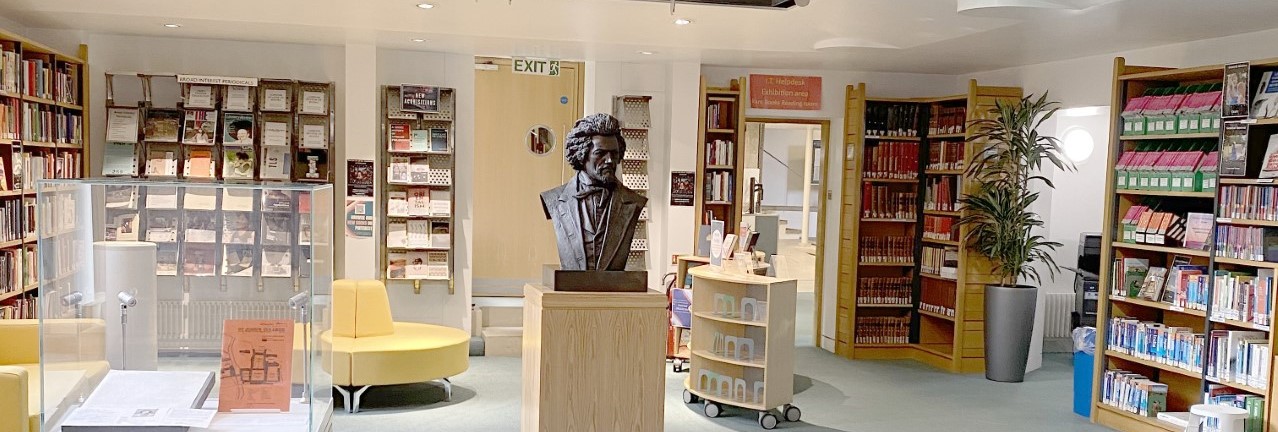A bronze bust of Frederick Douglass has been installed in the College’s Working Library. The bust was commissioned for and donated to St John’s College by Roger Arvid Anderson (1968). It is the work of renowned sculptor Bruce Wolfe.
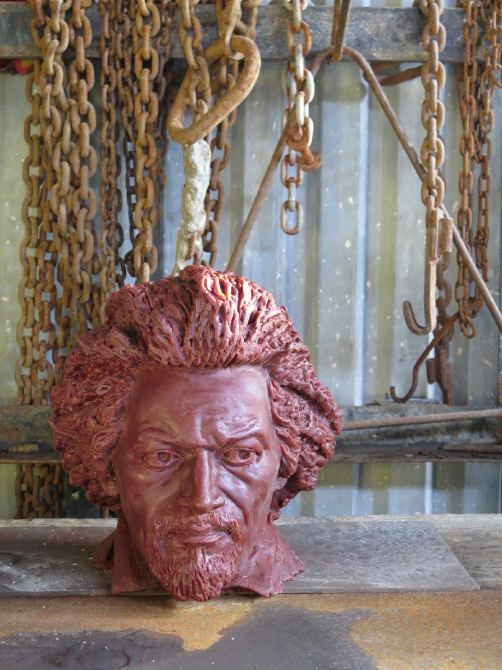
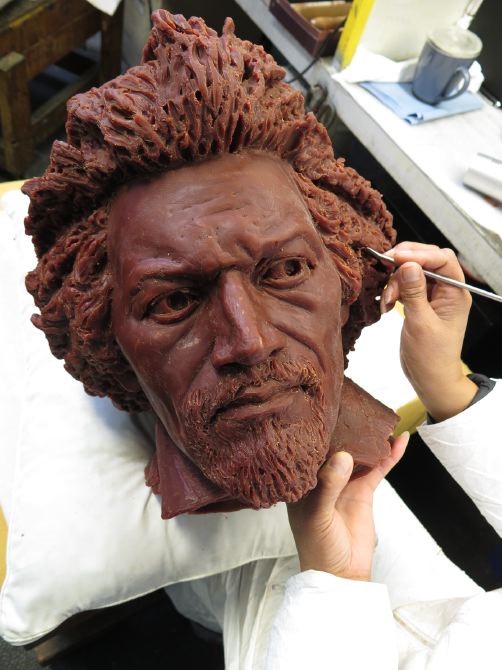
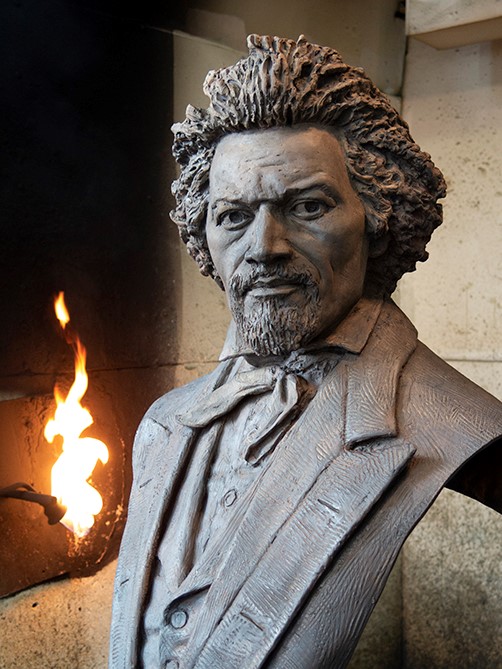

Images from the casting process – credit: Roger Arvid Anderson
The bust can now be found on the Ground Floor of the library. For those who wish to see the bust, the Working Library is staffed between 9am and 5pm on weekdays, and alumni are very welcome to visit.
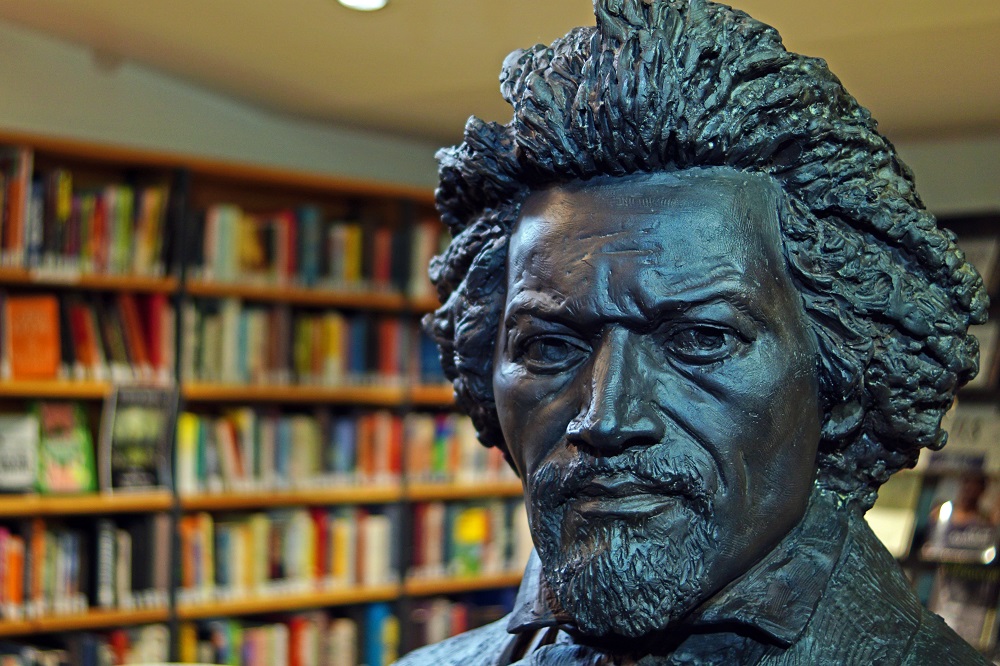
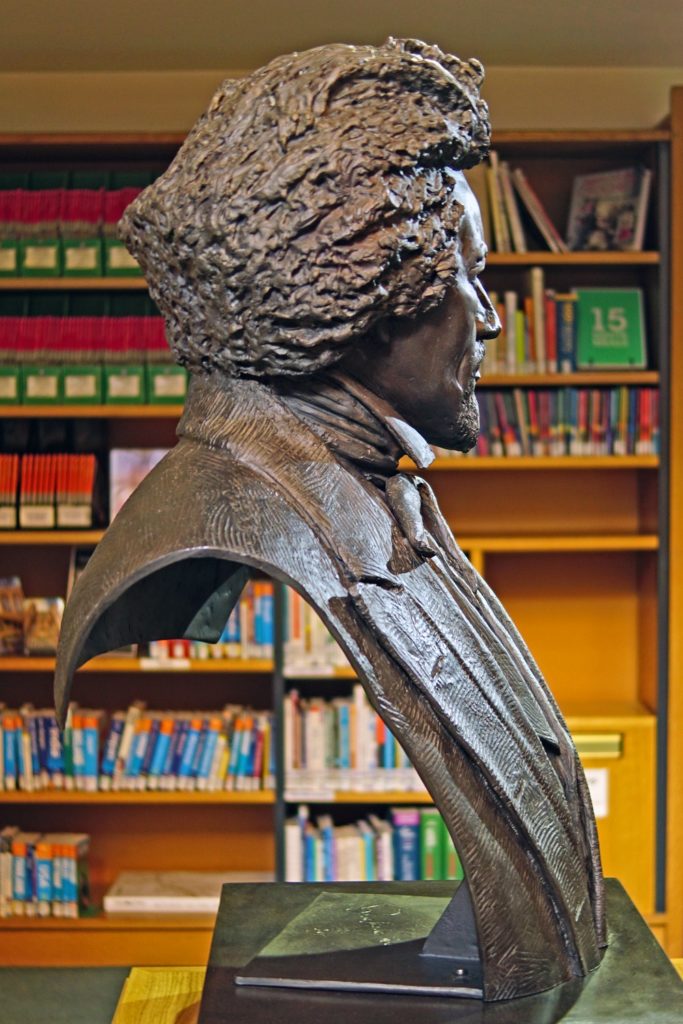
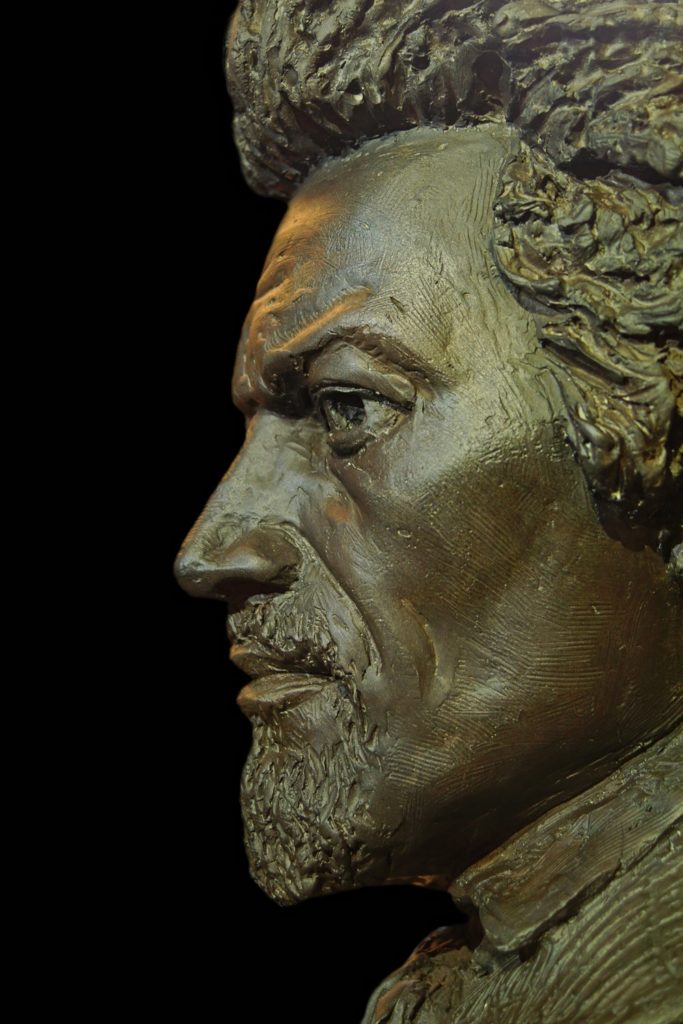
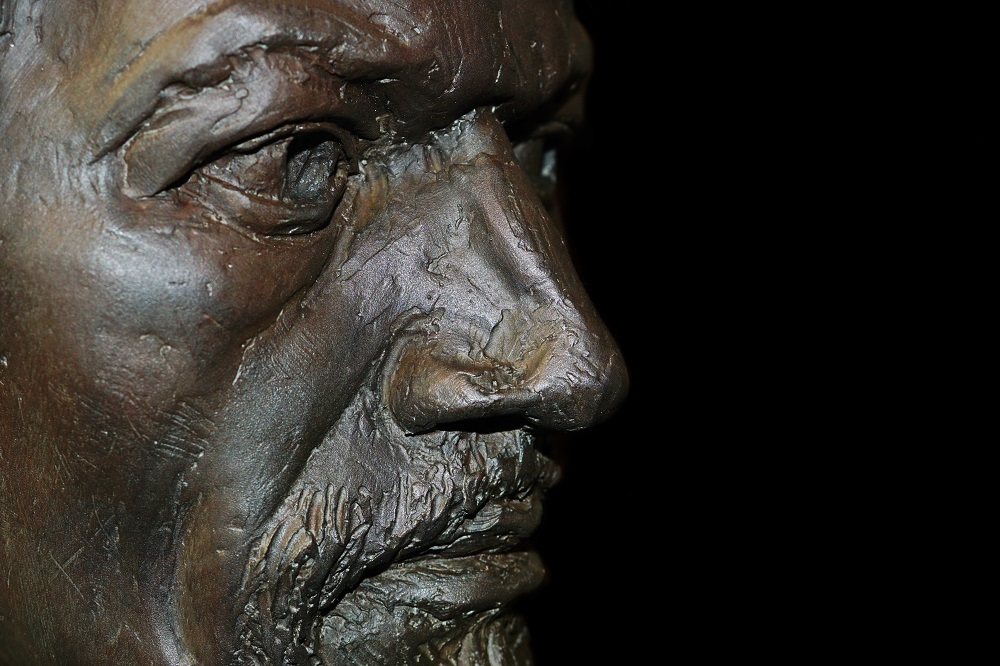
Images from the Library – credit: Paul Everest
Frederick Douglass
Frederick Douglass was born into slavery in Maryland in around 1818. His mother was a slave, and his father was a white man, possibly his master. Unlike many enslaved children, he had the good fortune to be taught to read and write, and his early education was put to good use. After he managed to escape from bondage with the aid of a free Black woman who later became his wife, he wrote and published, in 1845, his first autobiography: a compelling narrative of the horrific reality of slavery. He embarked upon a career of political activism, and became a powerful orator, campaigning for equal rights for all races, an end to segregation, universal education, and female as well as Black suffrage.
In 1846, whilst travelling in Europe on a lecture tour, Douglass took the opportunity to visit Thomas Clarkson at his home in Ipswich, just weeks before the veteran campaigner’s death. Clarkson had first become aware of the unconscionable injustice of slavery when it was set as the subject for an essay prize whilst he was a student at St John’s. Thereafter he devoted his life to the abolitionist cause, speaking at meetings across the UK, collecting first-hand evidence, and promoting the writings of those formerly enslaved. Both men had great respect for the other’s work in a common cause. Black abolitionists such as Douglass do not feature prominently in the traditional narratives of the abolition movement, and they deserve far greater recognition.
Roger Arvid Anderson (1968)
Roger is a sculptor and photographer and the author of two books on Bruce; Bruce Wolfe, The Substance of Spirit, and Wax Eloquent, a photo essay by Roger of the casting steps in the creation of the College’s bust of Frederick Douglass, with text from The Narrative of the Life of Frederick Douglass. http://rogerarvidbooks.com/
Bruce Wolfe
Bruce Wolfe is a friend and contemporary of Roger Anderson. Bruce is a master portraitist with a five-decade career. One of Bruce’s most famous works is the Tony Bennett 7’ bronze statue, which was unveiled at the Fairmont Hotel, San Francisco in 2016.
Bruce studied art at San Jose State University and the Art Institute of San Francisco. Bruce is a Fellow of the National Sculpture Society and holds an Honorary Doctorate from the Academy of Art in San Francisco, California.
St John’s College library has long been committed to developing and promoting its collection of slavery- and abolition-related material. In March 2021 the library worked in collaboration with the Wisbech & Fenland Museum to create an online exhibition featuring material from the College’s slavery and abolition collections. You can view the exhibition here.
Exhibits were selected not to provide a comprehensive narrative of slavery’s history but to prompt conversation about the social dynamics and hypocrisy surrounding the slave trade, with a nod towards the continuing relevance of some of the issues involved.
Below is a discussion which was filmed as part of this project and which discussed these issues further.
This text has been adapted in parts from the article ‘An abolitionist’s bust and a slave-owner’s papers’, written by Kathryn McKee, which first appeared in The Eagle 2021 (pp. 234-235).

